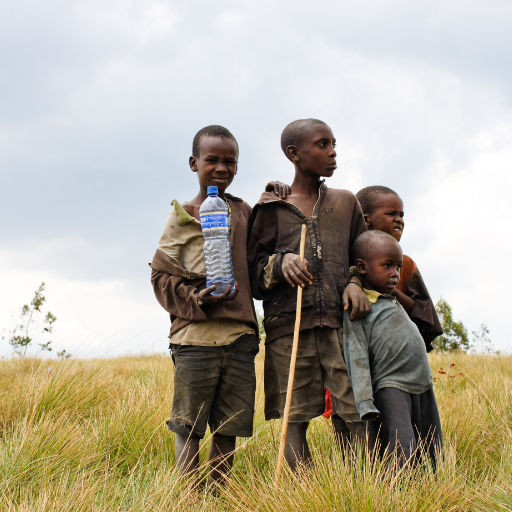Meta Title: Understanding Extreme Poverty and How to Tackle It
Meta Description: Extreme poverty affects millions worldwide. Learn about its causes, impact, and solutions to help reduce global poverty.
Extreme poverty is a state of deprivation where people live on less than $1.90 a day, making it almost impossible to afford basic necessities like food, clean water, shelter, and healthcare. It’s not just about money—it’s a lack of opportunity, health, and security.
Extreme poverty is driven by various factors, such as:
Extreme poverty doesn’t just affect individuals—it weakens entire communities by limiting access to education, healthcare, and economic opportunities. When a large portion of a population is in poverty, it strains local resources and makes recovery from disasters harder.
According to the World Bank, about 9% of the world’s population, or around 700 million people, live in extreme poverty. The majority of these people are in Sub-Saharan Africa and South Asia.
Education is a powerful tool for breaking the cycle of poverty. It provides individuals with the skills needed to get better jobs and improve their standard of living. By increasing access to education, we can help lift people out of poverty and give them a chance to succeed.
When people don’t have access to healthcare, diseases spread more easily, and simple illnesses can become life-threatening. Poor health prevents individuals from working and contributing to the economy, further trapping them in poverty. Improving healthcare access is key to breaking this cycle.
Clean water is essential for health, yet many people in extreme poverty lack access to it. Contaminated water leads to deadly diseases like cholera and dysentery. When people can access clean water, they stay healthier and have more time to pursue education and employment opportunities. Water.org is one organization working to change this.
The widening gap between the rich and the poor makes it harder for people in poverty to improve their living conditions. Economic inequality restricts access to resources and opportunities, creating barriers for those trying to escape poverty.
Governments can help reduce extreme poverty by implementing policies that improve education, healthcare, and infrastructure. Social safety nets, such as food aid and unemployment benefits, also play a critical role in supporting those in need. Countries that invest in these programs tend to see better results in poverty reduction.
UN Poverty and many other organizations are actively working to alleviate extreme poverty through humanitarian aid, healthcare, and education initiatives. Charities and NGOs play a crucial role in providing both short-term relief and long-term solutions.
Even if you don’t have a lot of money to donate, there are many ways you can help. Volunteer your time, raise awareness, and support poverty-reducing programs through local and global charities. Every small act counts!
Innovations like microfinance and mobile banking are changing the landscape of poverty reduction. Microloans allow individuals to start businesses, while mobile technologies offer financial inclusion to the unbanked. These solutions, along with traditional approaches, provide new ways to address extreme poverty.
Countries like China and India have lifted hundreds of millions of people out of extreme poverty through targeted policies and programs that focus on economic growth, healthcare, and education.
While extreme poverty remains a major issue, global efforts are showing promise. With technological advancements, better policies, and international collaboration, we have the tools to make a lasting impact in reducing global poverty.
Extreme poverty is a complex issue, but it is not insurmountable. With concerted efforts from governments, organizations, and individuals, we can reduce the number of people living in extreme poverty and help create a more equitable world.